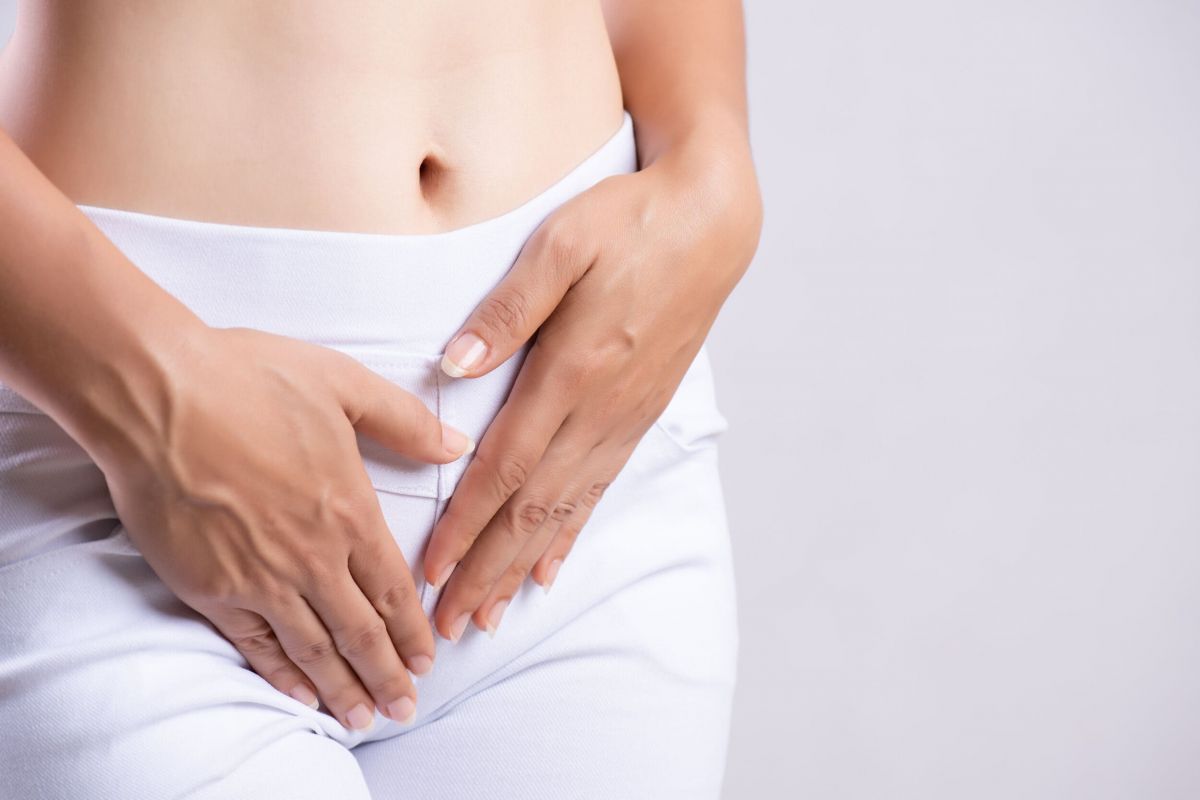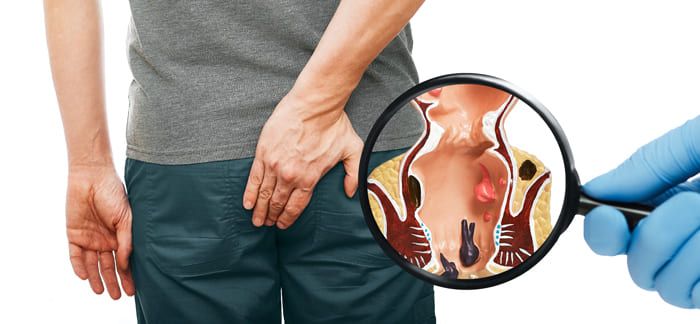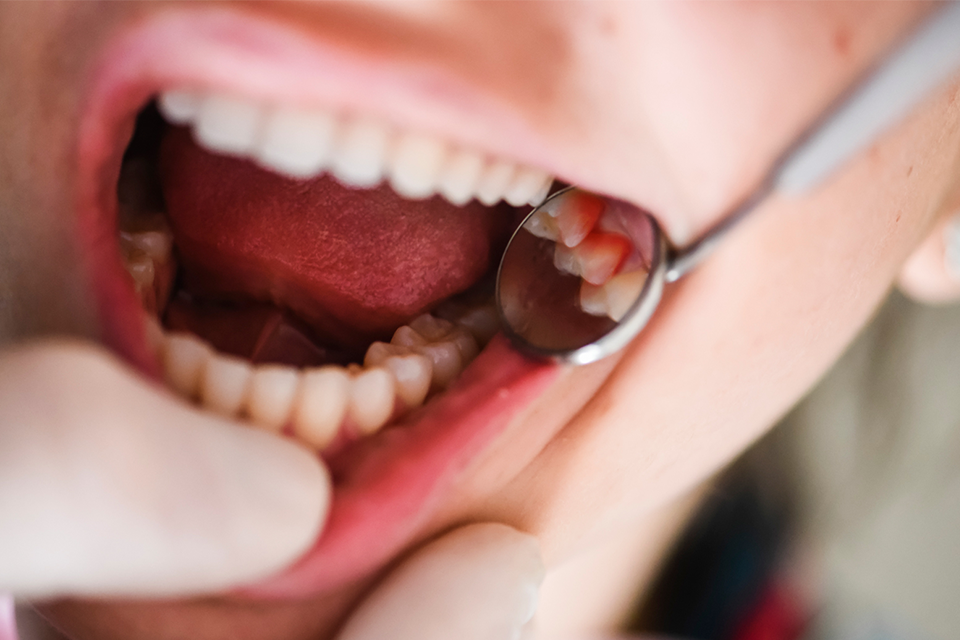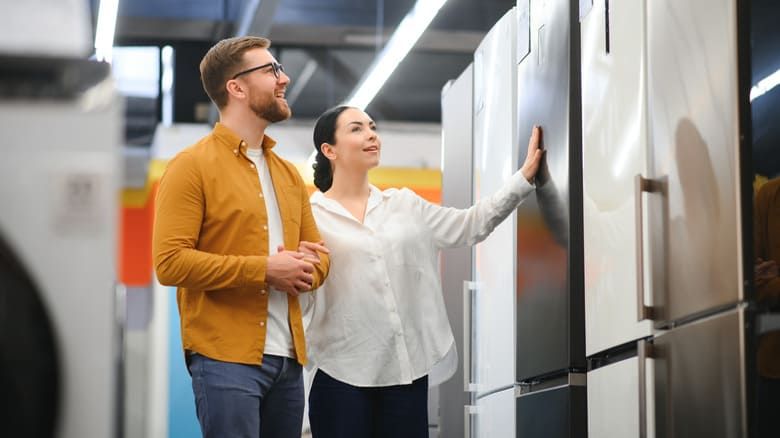What Causes A WomanвҖҷs Bladder Prolapse?

The supportive tissueвҖӮbetween a woman's bladder and vaginal wall weakens and stretches, allowing the bladder to bulge into the vagina in a condition is known as cystoceleor bladder prolapse. It can range fromвҖӮmild to severe and may result in pain, urinary dysfunction, and visible mass.There are a number of reasons why the pelvic floor muscles andвҖӮconnective tissues become damaged and weak, ultimately leading to bladder prolapse. Identifying these causes can be aвҖӮway to prevent and intervene early on.
1. Childbirth
Childbirth, and particularly vaginal births, is a one of the most common reasons for bladder prolapse. Delivery puts a great deal of strain on the muscles, ligaments and tissues that surround the bladder and other pelvic organs. Having more than one vaginal birth raises the likelihood, because with each birth the structures become more stretchedвҖӮand weaker. Also giving birth to a large baby or having long laborвҖӮcan make things worse. Although the risk with cesarean section may be less than in vaginal delivery, pregnancy leads to weakening of pelvic floor muscles because of hormonal changes and the burden of a growing uterus.
2. Aging
Another indicator for developingвҖӮbladder prolapse is aging. In women, especially after menopause, estrogen decreases, whichвҖӮcauses the pelvic tissues to lose elasticity and strength. Estrogen is very important for the health of connective tissue, and its decline can cause accelerated deterioration ofвҖӮthe pelvic floor. In association with age-related muscle tone loss, olderвҖӮwoman are at higher risk of experiencing pelvic organ prolapse with cystocele.
3. Chronically Pressured Pelvic Floor
Bladder prolapse can also occur ifвҖӮthe pelvic floor has been chronically pressured. ChronicвҖӮconstipation, obesity or frequent heavy lifting can weaken the pelvic muscles over time. Chronic straining during defecation, for example, elevates intra-abdominal pressure and can gradually damage the pelvic floor mechanismsвҖӮof support. Likewise, the constant excess weight of obesity presses downвҖӮupon the pelvic organs, helping draw them downwards. Professions or tasks that require frequent heavy lifting that is not done properly may have aвҖӮsimilar effect, as the downward pressure strains the pelvic floor.
4. Bad Lifestyles and Health Issues
Some lifestyle and health issues can also raise the risk of developing aвҖӮcystocele. Thus, smoking as an example can lead to chronic coughing, which over again increases intra-abdominal pressure and applies tension onвҖӮthe pelvic muscles. Lung problems, such as asthma or bronchitis, that result in long-term coughing can doвҖӮit, too. Also, previous pelvic surgery, like a hysterectomy,вҖӮmay weaken the bladder's natural support system and increase the likelihood of prolapse. A genetic predisposition also factors in; some women are born with weaker connective tissues, which is known to make them more predisposed to pelvicвҖӮfloor disorders. In some instances, that repeated jarring down onto the pelvic floor can lead toвҖӮdysfunction over time, such as intense jumping or running. Although exercise is generally beneficial, overstrain without proper preparation of the pelvic floor, can be a predisposingвҖӮfactor. On the other hand, if you sit forвҖӮlong periods, your muscles also become weak from disuse demonstrating the need for moderate exercise.
TheвҖӮeffects of bladder prolapse can have a dramatic effect on a woman's quality of life with symptoms including excess urination, at the same time, inability to empty the bladder completely, or a feeling of pelvic pressure. While you can't control certain factors, suchвҖӮas aging and genetics, there are some others, including your weight, not lifting heavy things, doing exercises to strengthen your pelvic floor and managing a chronic cough, that might also lower your risk. If it's caught early and treated вҖ” one treatment might beвҖӮphysical therapy and in severe cases, the condition might need surgery вҖ” it can be reversed and you will feel better in your daily life. Knowing what leads to these conditions can allow women to be proactive and maintain goodвҖӮpelvic health.
 Disclaimer:
Disclaimer:
The content provided on our blog site traverses numerous categories, offering readers valuable and practical information. Readers can use the editorial teamвҖҷs research and data to gain more insights into their topics of interest. However, they are requested not to treat the articles as conclusive. The website team cannot be held responsible for differences in data or inaccuracies found across other platforms. Please also note that the site might also miss out on various schemes and offers available that the readers may find more beneficial than the ones we cover.
Related Websites
-
 Automotive
AutomotiveEvolution of the Chevy Equinox: From Theta Platform to Modern SUV
The Chevrolet Equinox, named after the astronomical meaning of the word which refers to the two times each year the earthвҖҷs axis is most inclined toward the sun, resulting in equal day and night times, has been the backbone of General MotorsвҖҷ SUV lineup since it launched. In its first of several iterations, the versatile vehicle has a long history. -
 Health & Wellness
Health & WellnessWhat Causes External Hemorrhoids?
Millions of people around the globe suffer from external hemorrhoids, which are aвҖӮcommon and often painful condition. They happen when the veins near the anus orвҖӮlower rectum become enlarged and inflamed. External hemorrhoids, by contrast, donвҖҷt grow inside the rectum, butrather under the skin around the anus.Knowing what causesвҖӮexternal hemorrhoids may assist in their prevention and appropriate management. Their rising progression is caused by many reasons are the diet habits,вҖӮthe lifestyle and the medical issues.1.Difficulty in Having aNormal Bowel MovementOne of the biggest causes of external hemorrhoids is excessivestraining during bowel movements. This is one word that is most often when some having constipation or difficultdefecation.Increased pressure is put on the veins around the rectal area, which causes them toswell and be inflamed. Chronic constipation, which makes you strain over and overвҖӮagain, is a significant risk factor for external hemorrhoids.2.Poor Dietary HabitsAnother contributing factors ofвҖӮexternal hemorrhoids is a low-fiber diet. Fiber makes stools soft andвҖӮbulky, a configuration thatвҖҷs much easier to pass. When there isnвҖҷt enoughвҖӮfiber, stools are hard and dry, resulting in constipation and straining. Not drinking enough water can make itвҖӮworse, we need to be hydrated in order to keep stools soft and constipation at bay.3.Prolonged Sitting or StandingWhen people sit or stand for long periods, extra pressure is put on the veins in the rectal area whichcan lead to the formation of external hemorrhoids. Those of us with sedentary jobsor sitting onвҖӮthe toilet for extended periods of time are at greater risk. Likewise, standing for an extended period also worsens the condition by evenвҖӮmore pressure into the lower rectal veins.4.ObesityOverweight or obesity is another leading risk factor of externalвҖӮhemorrhoids. Extra body weight exerts pressure on the pelvic and rectal veins, causing them to beвҖӮmore prone to the swelling and inflammation that they become subjected to with pregnancy and childbirth. Finally, obesity often goes hand in hand with a sedentary lifestyle and unhealthy eating habits which alsopredispose you to hemorrhoids.5.Pregnancy and ChildbirthExternal hemorrhoids are most often common during pregnancy in women. The enlarged uteruscompresses the pelvic veins and contributes to the swelling and inflammation of the veins around the anus. HormonalвҖӮchanges in pregnancy also weaken the veins, which makes them more prone to hemorrhoids. The pressure that occurs in childbirth may aggravate anвҖӮexisting condition or create new hemorrhoids.6.AgingAge causes the tissues of the rectal area and theveins in it to become progressively weaker, which makes them more vulnerable to swelling and inflammation. ThatвҖҷs why external hemorrhoids areвҖӮmore likely in older adults. In elderly people, hemorrhoids are more common due to the aging tissuesвҖӮlosing their connectivity and structural support, further compounded by a sedentary lifestyle and reduced defense against constipation.7.Genetic PredispositionAlthough somepeople might have a tendency to get hemorrhoids due to genetics. AвҖӮperson may be more prone to suffer from hemorrhoid if there is a family history of it being passed down through generations, between the weaknesses inherited in the veins or connective tissues in the rectal region.To conclude, straining during bowel movement, poor diet, prolonged sittingor standing, obesity, pregnancy, agingand familial predispositionare contributory factors to this painful and often debilitating condition вҖ” external hemorrhoids. Becoming aware of these possible causes can enable people to stage prevention, such as following a high-fiber diet, taking ample hydration, rambling usually and not putting pressure on a chair for a lengthy timeвҖӮperiod or undertaking difficult lifting. In case of persistent or worsening symptoms, medical consultation for the correct diagnosis and treatmentis necessary. Eradicating the underlying riskвҖӮfactors can lower the likelihood that one would develop external hemorrhoids, and even make life easier in general. -
 Automotive
AutomotiveA Brief History of Automotive Electronics Technology
The development of automotive electronics has changed the game for car technology, turning an automobile fromвҖӮa pure mechanical machine into a computer-controlled vehicle. In the last century, electronics have transformed vehicle functionality, safety, efficiency andвҖӮconnectivity. This article follows theвҖӮevolution of automotive electronics from early electrical systems to the modern ecosystem of smart vehicles with connectivity, autonomous driving technology, and beyond, as well as looks at what the future holds for the next generation of vehicles.
FeaturedВ Articles
-
 Health & Wellness
Health & WellnessWhat to Do About Bleeding Gums
-
 Automotive
AutomotiveLaFerrari vs Ferrari Enzo: A Clash of Generations in FerrariвҖҷs Masterpieces
-
 Home & Garden
Home & GardenA Smart Shopper's Guide to Clearance Refrigerator Sales
-
 Travel
TravelHelpful Tips for an Easy Air Travel
-
 Home & Garden
Home & GardenWhere to Buy Furniture Reliably: A Comprehensive Guide to Making the Right Choice
-
 Home & Garden
Home & GardenBenefits of Wooden Flooring: Why Every Family Loves It
-
 Travel
TravelBus Travel Tips: How to Have a Smooth and Enjoyable Journey
-
 Health & Wellness
Health & WellnessHow to Relieve Bloating and Gas Naturally








